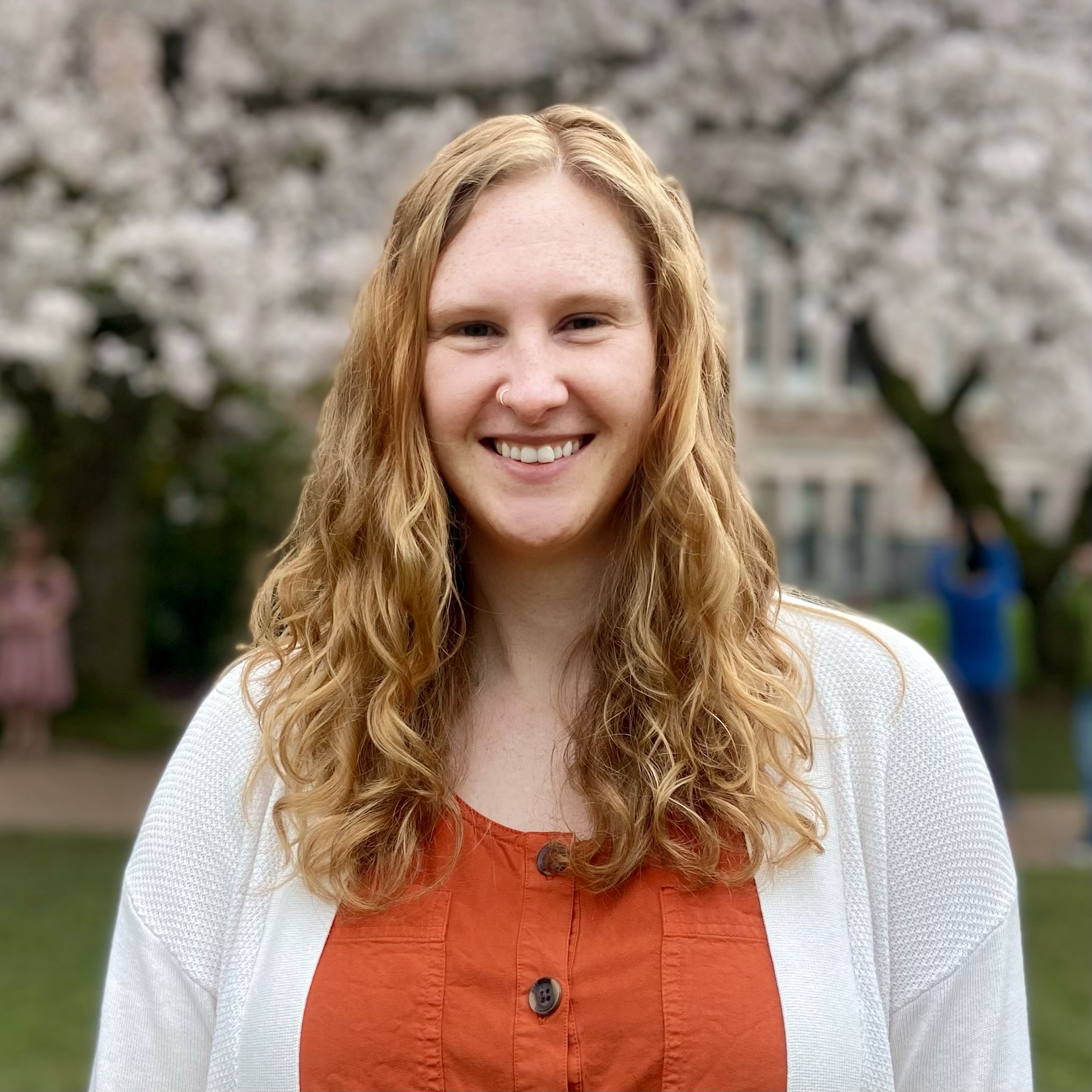Concurrent Session
Early Intervention
The Effects of Powered Mobility Intervention on Development, Driving Proficiency, and Neuromechanics
Sunday, November 24, 2024
11:30 AM – 1:00 PM East Coast USA Time
Location: Ballroom B/C, 5th Floor, RI Convention Center
.jpg)
Heather A. Feldner, PT, MPT, PhD, PCS (she/her/hers)
Associate Professor
University of Washington
Kenmore, WA
Kimberly A. Ingraham
Assistant Professor
University of Washington
Seattle, Washington
Lead Speaker(s)
Co-Presenter(s)
Self-initiated mobility experiences are a critical part of development for all children with disabilities. Powered mobility (PM) may be an important facilitator of mobility and exploration for children with disabilities under 3 years of age, yet a critical knowledge gap exists in understanding how children learn to use PM over time and in documenting the developmental and functional outcomes of PM intervention in dose-controlled conditions. Leveraging collaboration with a team of clinicians and engineers, we investigated how a PM intervention impacted: 1) Driving proficiency over time; 2) Global developmental outcomes; 3) Learning tool use (i.e., joystick activation); 4) Neuromechanics (muscle activity and limb positioning), and 5) Caregiver perceptions about PM devices and their child’s capabilities. This session, which will benefit PTs and PTAs working with young children and their families, will: describe how we incorporated tools such as wearable sensors and motion capture to quantify the driving and learning patterns of diverse children with disabilities, discuss the outcomes from a 12-session, in-lab PM intervention with 10 children, analyze video recordings with children in a variety of PM learning stages, and discuss benefits and barriers to PM intervention as described by families and our multidisciplinary research team. This evidence-based session adds important quantitative metrics and compelling qualitative outcomes to support clinical decision-making, a deeper understanding of how children learn to use PM, its positive developmental effects, and how clinicians may integrate tools like PM more routinely into clinical practice to facilitate On Time mobility and participation for young children with disabilities.
Learning Objectives:
- Describe three benefits or challenges of working with a multidisciplinary team of rehabilitation clinicians and engineers.
- Discuss four major outcomes from a 12-session powered mobility intervention for young children with disabilities.
- Analyze at least three patterns and styles of powered mobility learning based on video examples of study participants and synthesize these into actionable tools for clinicians introducing powered mobility.

.png)
.png)
.png)
.png)
.png)
.png)
.png)
.png)